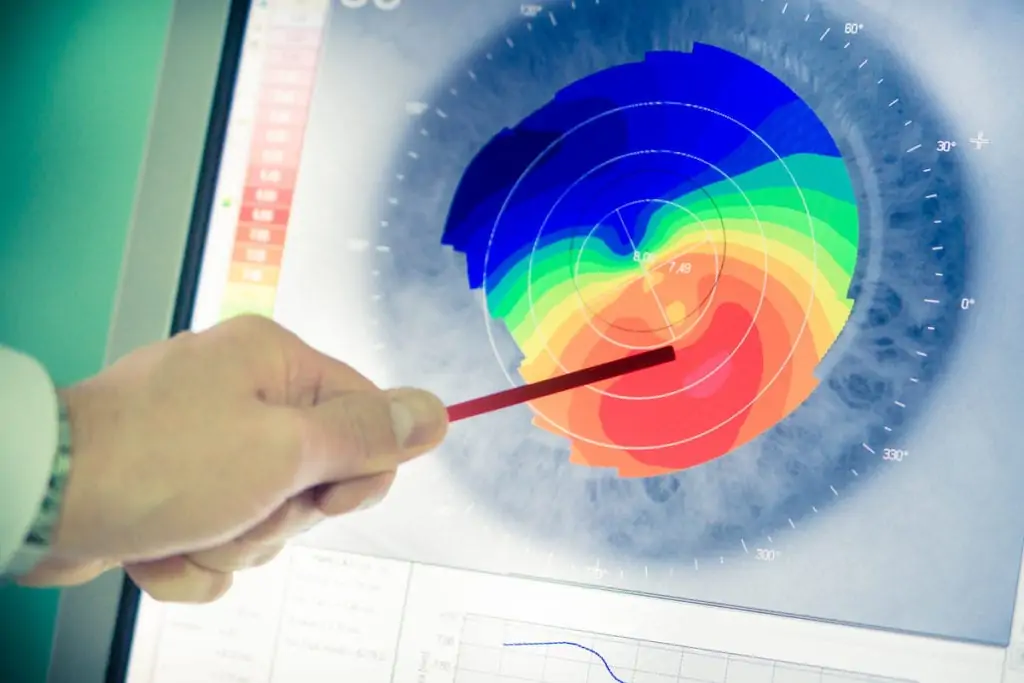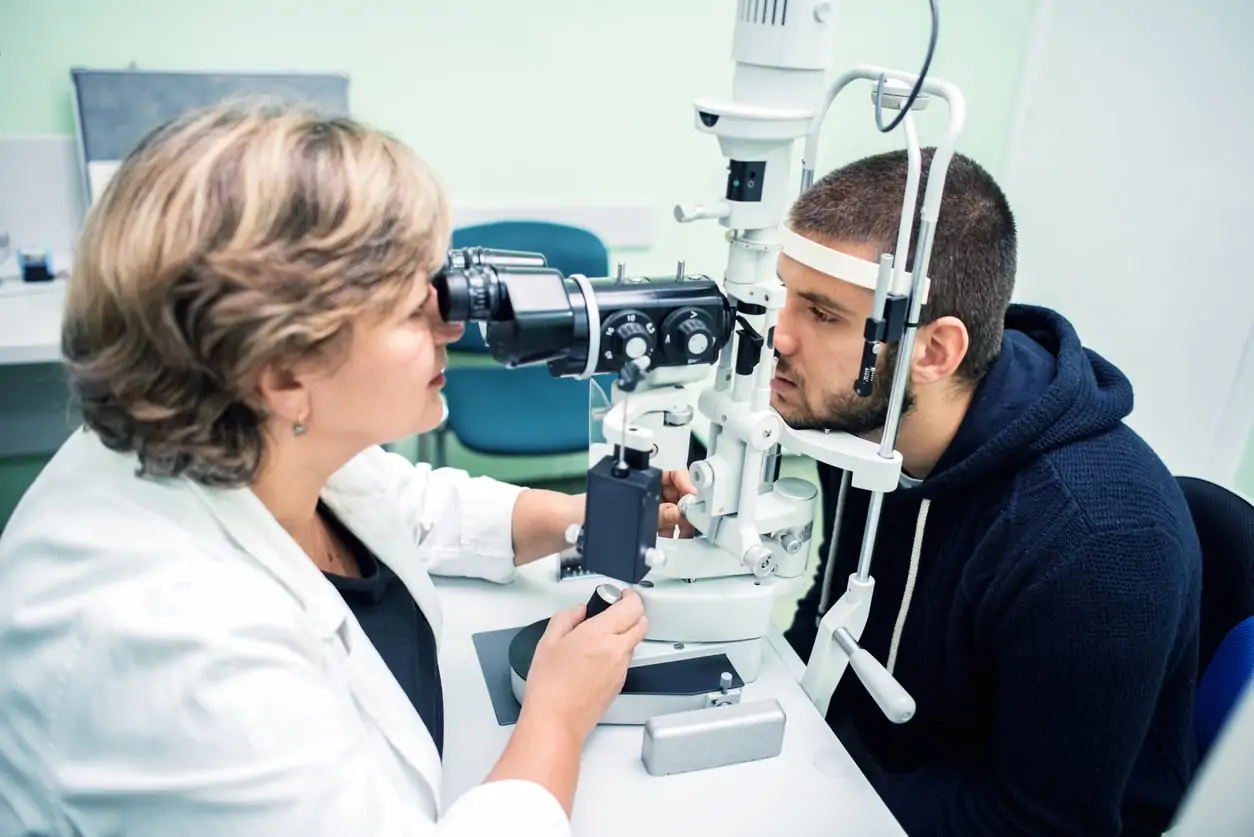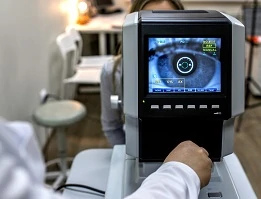Keratoconus LASIK and Corneal Ectasia

As with any surgery you are considering, you should do your research on the risks and benefits of LASIK. The good news is that LASIK has a tremendous reputation for success with an exceptionally low risk for complications – less than one percent for significant, sight-threatening issues according to scientific evidence. This makes LASIK a safe procedure, and in addition, it is one of the most studied elective surgical procedures today. That doesn’t mean there is no risk – because all surgery carries some risk. When you do your research, you will learn about the rare possibilities for LASIK complications, including post-LASIK keratoconus and corneal ectasia. It isn’t common and it isn’t a simple condition. To help make sense of ectasia, we interviewed John Vukich, M.D., chair of the refractive surgery clinical committee for the American Society for Cataract and Refractive Surgery, to answer questions about both keratoconus and post-LASIK ectasia.
What is Keratoconus?
What is keratoconus? Keratoconus is a naturally occurring condition that over time weakens the structural integrity of the cornea, which is the front surface of the eye. Eventually, the bulging of the cornea may result in distorted and generally poor vision.
What is post-LASIK ectasia, and what is the risk?
Similar to keratoconus, ectasia is a weakening of the cornea following refractive surgery that can lead to corneal bulging and vision loss. This is a very rare side effect that clinical research is showing to be related to mild, or subclinical (no signs or symptoms), cases of keratoconus. It is estimated that one out of 2,000 people in the population have naturally occurring keratoconus and these are the patients at greatest risk for worsening their corneal bulging following refractive surgery. Ectasia is most commonly seen in younger patients.
The most important risk factor is an irregularity on the corneal topography map, which is a tool we utilize to help screen out individuals who are not suitable candidates for LASIK surgery. Having an irregular or steep cornea may be a telltale sign of subclinical keratoconus that may place the patient at risk to develop postoperative ectasia. In addition to age and family history of keratoconus, other risk factors for ectasia include thin corneas and a high degree of myopia (nearsightedness).
What to ask your doctor about Ectasia after LASIK?
Getting a thorough evaluation using the latest technologies in the preoperative consultation, and providing a detailed health history, is critical for establishing LASIK candidacy. If you have a family history of keratoconus, ask your doctor specifically about your risk with LASIK. Importantly, everyone considering LASIK should work with a well-qualified surgeon – an ophthalmologist – to determine if the procedure is appropriate for them and their vision. LASIK is an elective procedure, so it is important that each patient make a well-informed decision about having it performed. That includes doing some independent research and making sure all of your questions are addressed. On average, about 20 percent of people seeking to have LASIK are ineligible for a variety of reasons – most involving the condition of the cornea. A reputable practice will be committed to an excellent standard of care and put the patient’s best interests first, making the choice of a surgeon one of the most important when considering LASIK.
How do you test for post-LASIK ectasia risk factors?
- Eye examination (topographic mapping and pachymetric analyses of the cornea)
- Health history
Testing for post-LASIK ectasia risk factors includes a consultation and a thorough eye examination, both topographic (mapping the surface of the cornea) and pachymetric (measuring the thickness of the cornea) analyses of the cornea is important to reducing the risk of ectasia. In addition, it is important to know and share your health history – including any family history of keratoconus – with your ophthalmologist.
How are keratoconus and ectasia treated?
- Contact lenses
- Corneal transplants
- Collagen crosslinking
- Topographic laser treatments
Treatment for keratoconus and ectasia includes multiple options. Contact lenses can be worn to smooth out the cornea and improve vision. Corneal transplants may be needed to replace a significantly weakened cornea. A relatively new therapy is now available in the U.S. called collagen crosslinking, which helps to strengthen the corneal tissue and prevent the progression of ectasia. Additionally, topographic laser treatments can also help improve the vision of patients with keratoconus or ectasia.
Today’s diagnostic and patient screening protocols are designed to help ensure LASIK is only recommended to good candidates for the procedure with a high probability of a successful outcome. There is a risk with all surgery and if you are considering a laser vision correction procedure it is important for you to understand those risks both generally and what may be specific to you. If you are diagnosed with keratoconus and told you are not a good candidate for LASIK, it is strongly recommended you take the advice of your surgeon. There may be other options and vision-correcting procedures like LASEK that may be better suited for you and your vision.




